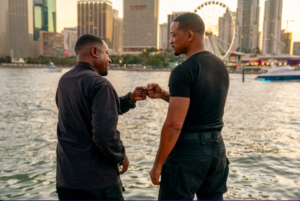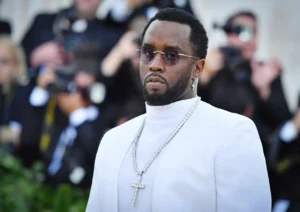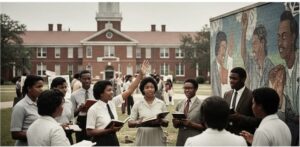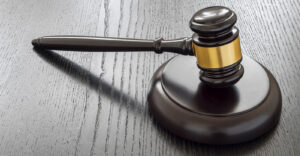‘Top Gun: Maverick’ stars hope the film’s Black pilots will inspire a new generation of fans

By Arturo Conde
Actor Jay Ellis remembers watching the 1986 movie “Top Gun” at an Air Force base in Austin, Texas. He was only 8 or 9 years old, and the blockbuster made him dream about becoming a fighter pilot. Ellis wanted to be part of that military community.
Now, he plays Navy fighter pilot Payback in the anticipated sequel “Top Gun: Maverick,” which releases nationwide Friday and in select theaters starting Tuesday. He said he sees the film as a way to say thank you to the real men and women who inspired him as a boy.
“I grew up around aviation, and I think about the sacrifice that so many men and women take — they give, rather — just for us to be safe,” he said. “I think we all wrap our arms around this community and we protect it so much. And we understand the responsibility to be amazing on-screen for these folks.”
Both of Ellis’ grandfathers, his step-grandfather and his father were in the Air Force, so telling the story about a community of aviators is important to him. He said he thinks the first “Top Gun” was a worldwide success because few people knew about Navy pilots.
“I think seeing yourself on-screen always is something that people lean into,” he said. “We knew that people flew in jets and protected this country in that way. But we didn’t know the ways in which they get chosen and how they trained to do it.”
Thirty-six years later, the sequel aims to continue that story, drawing fans back in with Tom Cruise reprising his role as Maverick.
In “Top Gun: Maverick,” he returns to the naval flight academy to train a new class of pilots. One of those pilots is Rooster (Miles Teller), the son of Maverick’s former wingman, Goose (Anthony Edwards), who died in the first film after ejecting from an F-14 plane.
Representation on screen and in history
Actor Greg Tarzan Davis, who plays the fighter pilot Coyote in the sequel, said he hopes this film will inspire a new generation of viewers. He said showing a Black Navy pilot with other diverse pilots on the big screen is an important milestone.
“When I saw the first ‘Top Gun,’ obviously there was one Black character, Sundown, but I don’t think he was represented as fully as he could have been,” he said. “So I think that it’s really cool that we have the representation, not just of Black characters, but of many different men and women.”
While Black people have been involved in the U.S. military since its earliest stages, the combat roles portrayed in the film were not available to Black Americans until recent decades.
“The Navy, like all American services, was very resistant to having Black Americans in any position that was oriented towards combat and wanted to keep them in service positions like mess hall attendants,” military historian David Silbey, said.
Silbey pointed out that the racial stereotyping of Black people and other nonwhite groups in the military also hindered their paths to equality in civilian life.
“The idea that they were not able to handle the responsibility of combat has a political implication,” he said. “When you relegate nonwhite people from specially valorous positions, you are implicitly undercutting any political claim they could have later on.”
The Navy’s first decorated Black service member was Doris Miller, a mess attendant aboard the USS West Virginia, which was anchored at Pearl Harbor during the attack by the Japanese in 1941. He carried wounded sailors from the ship to safety and then manned an anti-aircraft gun, shooting at the attacking planes until he was forced to abandon ship. He had never received any training for that type of combat.








